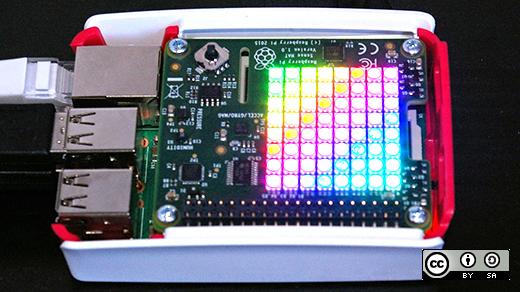We’ve talked about Stack Overflow’s architecture and the hardware behind it. The next most requested topic was Deployment. How do we get code a developer (or some random stranger) writes into production? Let’s break it down. Keep in mind that we’re talking about deploying Stack Overflow for the example, but most of our projects follow almost an identical pattern to deploy a website or a service.
Source: Nick Craver – Stack Overflow: How We Do Deployment – 2016 Edition
Fascinating look into how Stack Overflow code gets from a developers workstation to production servers. There are many good ideas about development workflow in here.

